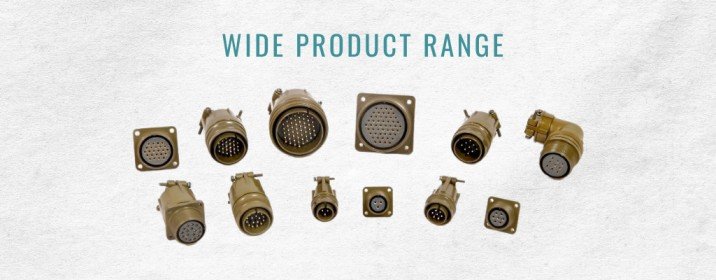The circular connector has powered progress for industries such as railways, aerospace, defence, infrastructure, and heavy machinery for decades. While it may look simple—a round piece of metal with pins inside—it has the critical ability to deliver power reliably, withstand harsh conditions, and keep essential systems running without fail.
Strength in Power
Circular connectors handle both control signals and heavy current loads. Their contact design minimizes resistance, allowing smooth energy flow with minimal loss. They are also tested to withstand high voltages, ensuring reliability under stress.
Key Points:
- Safe and reliable power delivery
- Low-resistance contacts for minimal energy loss
- High voltage endurance
Built to Last
Ruggedness is a major advantage of circular connectors. They can be mated and unmated hundreds to thousands of times without wear. Threaded or bayonet coupling systems secure the connection even in environments full of vibration and shock.
Key Points:
- Long lifecycle for repeated use
- Secure coupling in vibration-heavy conditions
- Dependable mechanical performance
Tough Against Environmental Stress
Circular connectors perform reliably under extreme temperatures, dust, moisture, and corrosion. Properly sealed connectors are even rated for immersion in water.
Key Points:
- Operates in freezing cold to scorching heat
- Dust and moisture resistant
- Corrosion-resistant for coastal or industrial environments
Versatility Across Industries
Circular connectors are highly versatile, functioning equally well in railways, defense, aerospace, and heavy machinery. They efficiently transmit both power and control signals and are easy to assemble and maintain.
Key Points:
- Multi-industry applications
- Power and signal transmission
- Easy maintenance in the field
Circular connectors may seem minor, but they are essential for continuity, reliability, and operational dependability.

